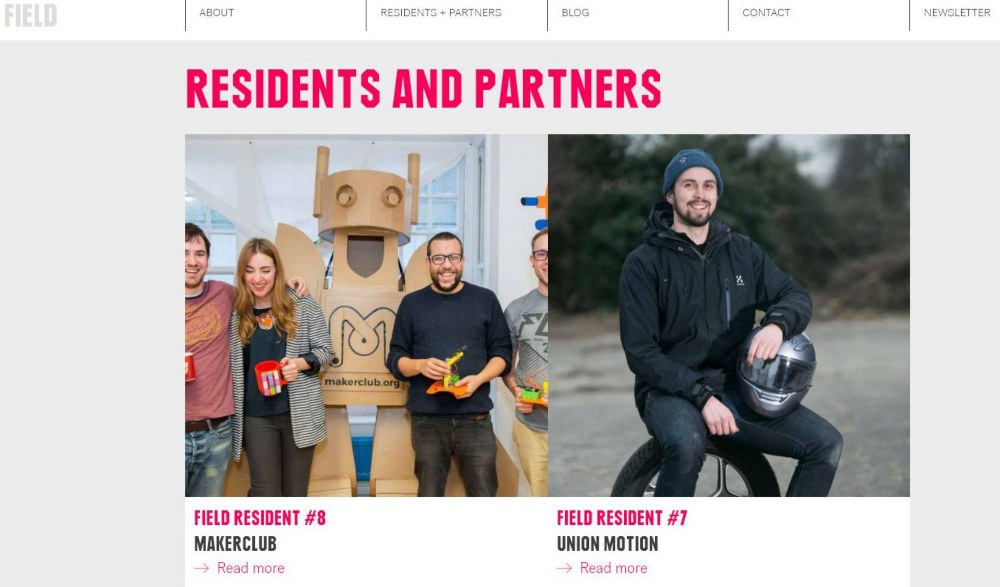
Britain is leading the way in a new idea for urban revitalization, the use of “meanwhile spaces.” Covid has created many empty lots, vacant offices, hotels and storefronts (about 22,500 commercial spaces in London, vacant for at least six months, by one count). So why not capitalize on these neglected spaces and spur new enterprises?
Two examples are featured in this article on Meanwhile Uses. One is called Boxpark, located in a vacant lot in Shoreditch, London, and composed of shipping containers refurbished as retail, restaurants, and flexible entertainment venues. Another one is called Field in Brighton, a converted barracks that is now mostly a “meanwhile” space for making things and launching businesses.
These are not to be confused with pop-up stores on a short time-frame. Instead, the meanwhile movement lets renters occupy these suddenly vital spaces for one month to five years, long enough for many businesses to get started and for the meanwhile neighborhood to get noticed by shoppers and residents. One concern, bad public relations when a renter has to move on, turns out to be rare.
Obviously, Seattle now has many such possible spaces particularly in the South End and Seattle’s Downtown. Maybe some Tiny Villages for the homeless could be part of the mix? The city’s slow regulatory maze will be a problem, since many of these impulsive businesses can’t wait around forever. The process could be sped up by creating a registry of vacant spaces and providing a way for possible users to scout the opportunities. And the city has already shown willingness to think creatively about real estate with the establishment of a new real estate entity to manage arts spaces. Private business can get involved, as happened with shared workplaces like WeWork and is a feature of the British versions, but that too will have to cope with Seattle’s anti-business resistance.
It sounds like a good project for the local chapter of the American Institute of Architects or Allied Arts to get involved. And the combination of the need for economic jolts, cheap rents, and some revenue for vacant properties should speed up the adoption of this good idea.
Discover more from Post Alley
Subscribe to get the latest posts sent to your email.

Storefronts as the new garages? Perhaps the next Nirvana and the next Apple will emerge from the empty shells of what once were Old Navy and The Gap.
What’s the best way to create a registry of landowners who are willing to have their land used this way? For example, as pocket RV parks? Who should create the registry, and how would they get paid?
Our city hall expert suggests these paths:
Office of Economic Development would be a good place to start. Such a system would probably require SDCI to issue temporary use permits for the lots. Councilmember Tammy Morales oversees economic development as well as arts, so her office might get excited about this. Or if a big part of the idea is to use vacant lots to temporarily house tiny home villages, CM Andrew Lewis might be the guy to talk to; and he also oversees downtown issues.
If land owners read this (and want their land used for this purpose), you now know who to get in touch with. Be sure to check in with your neighbors (and the police regarding their availability to police the area) too.